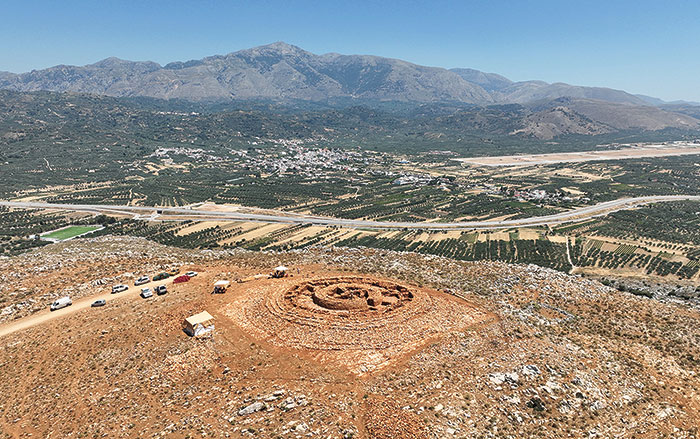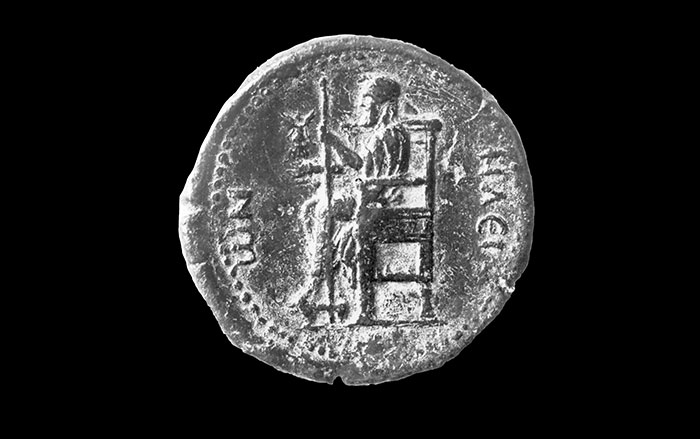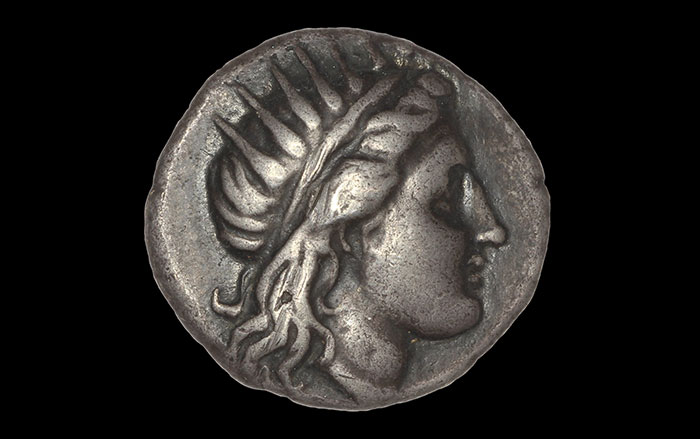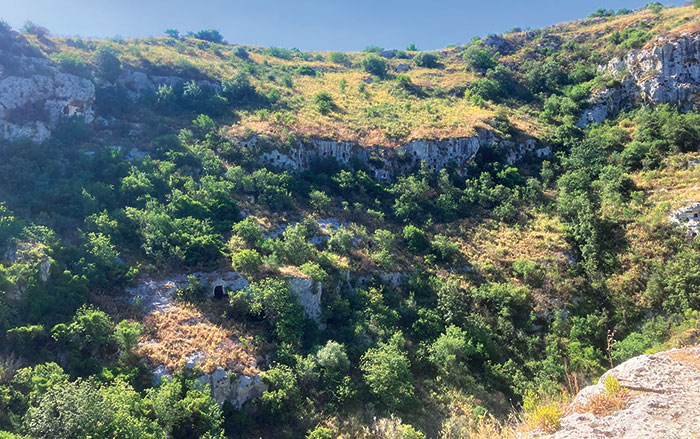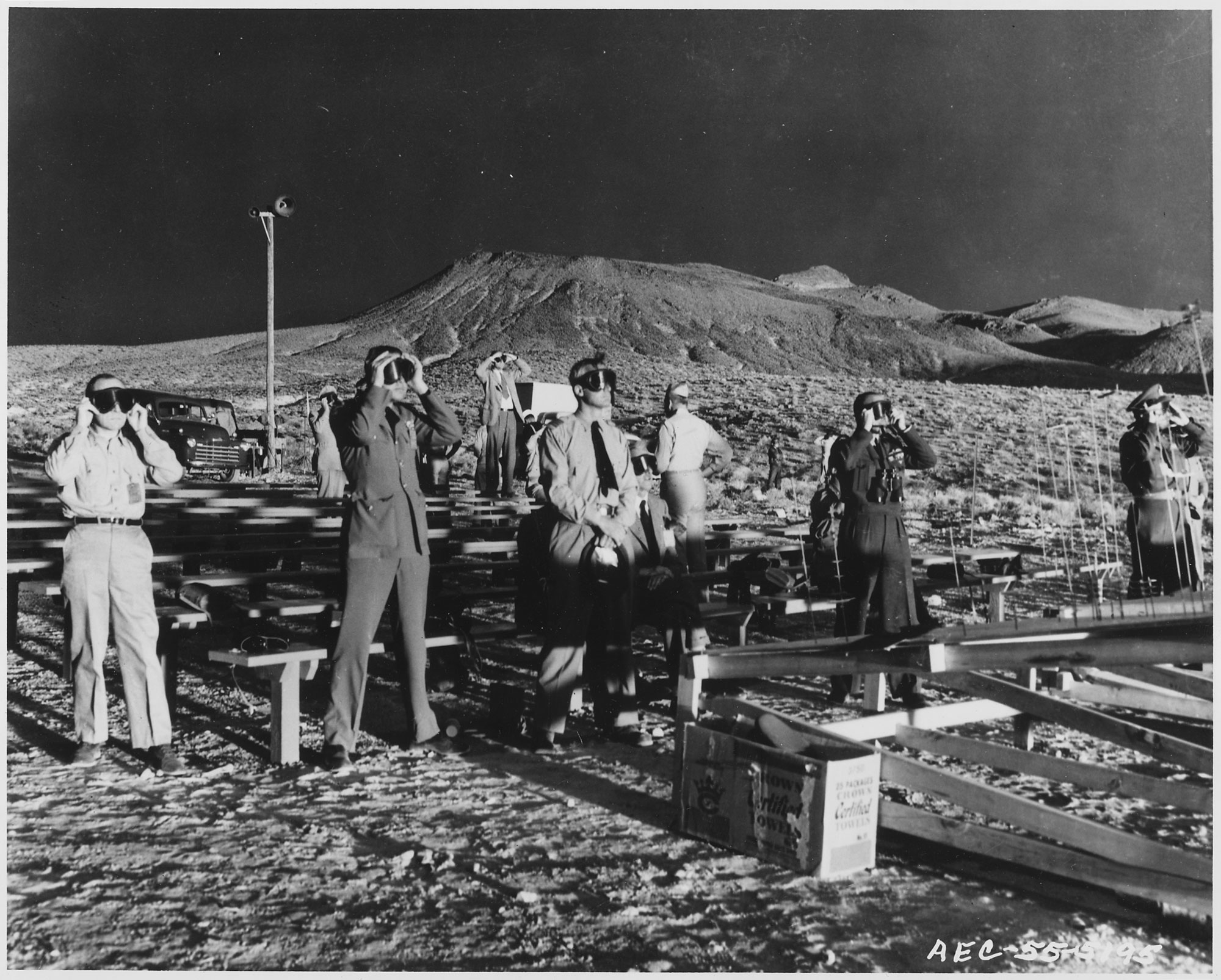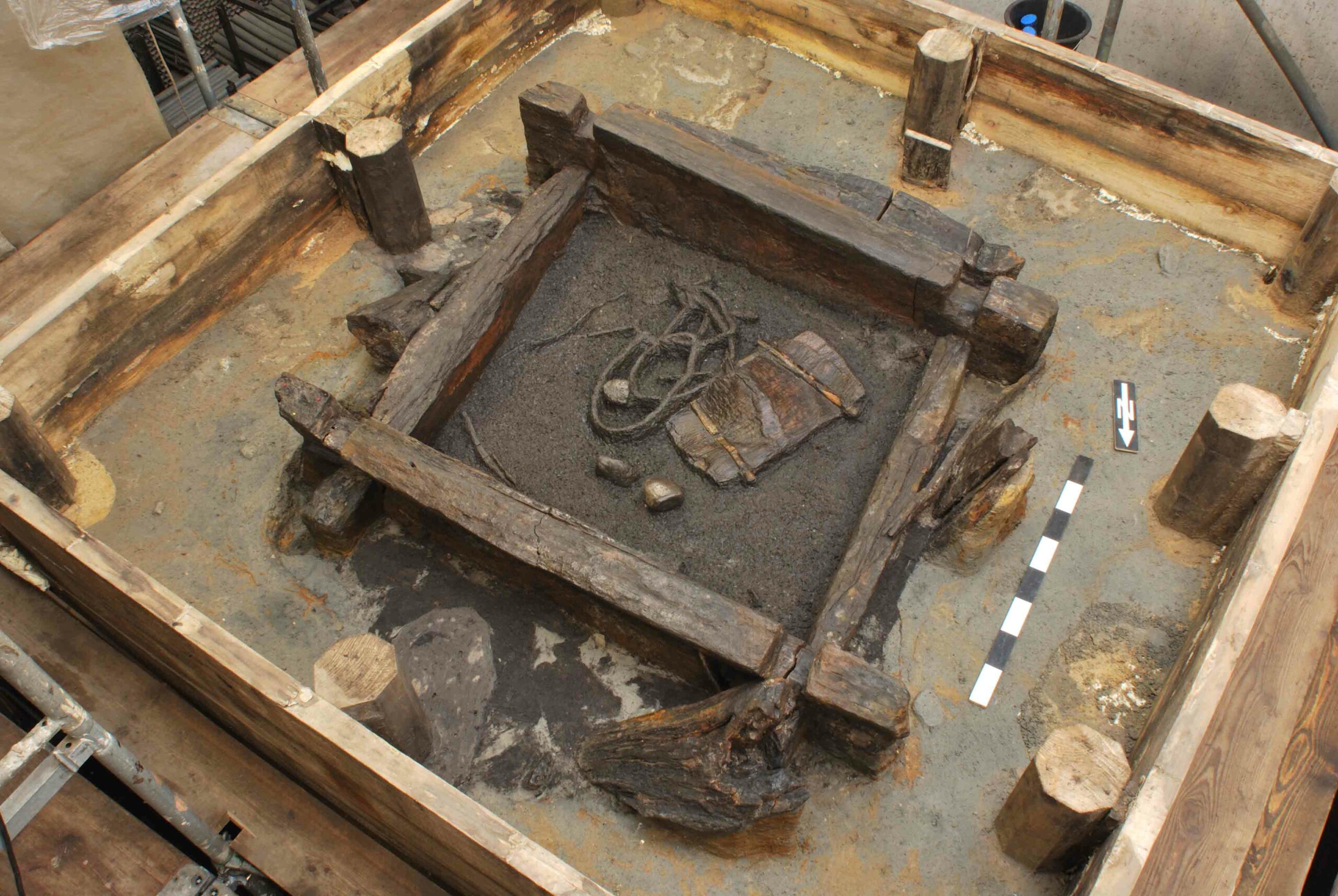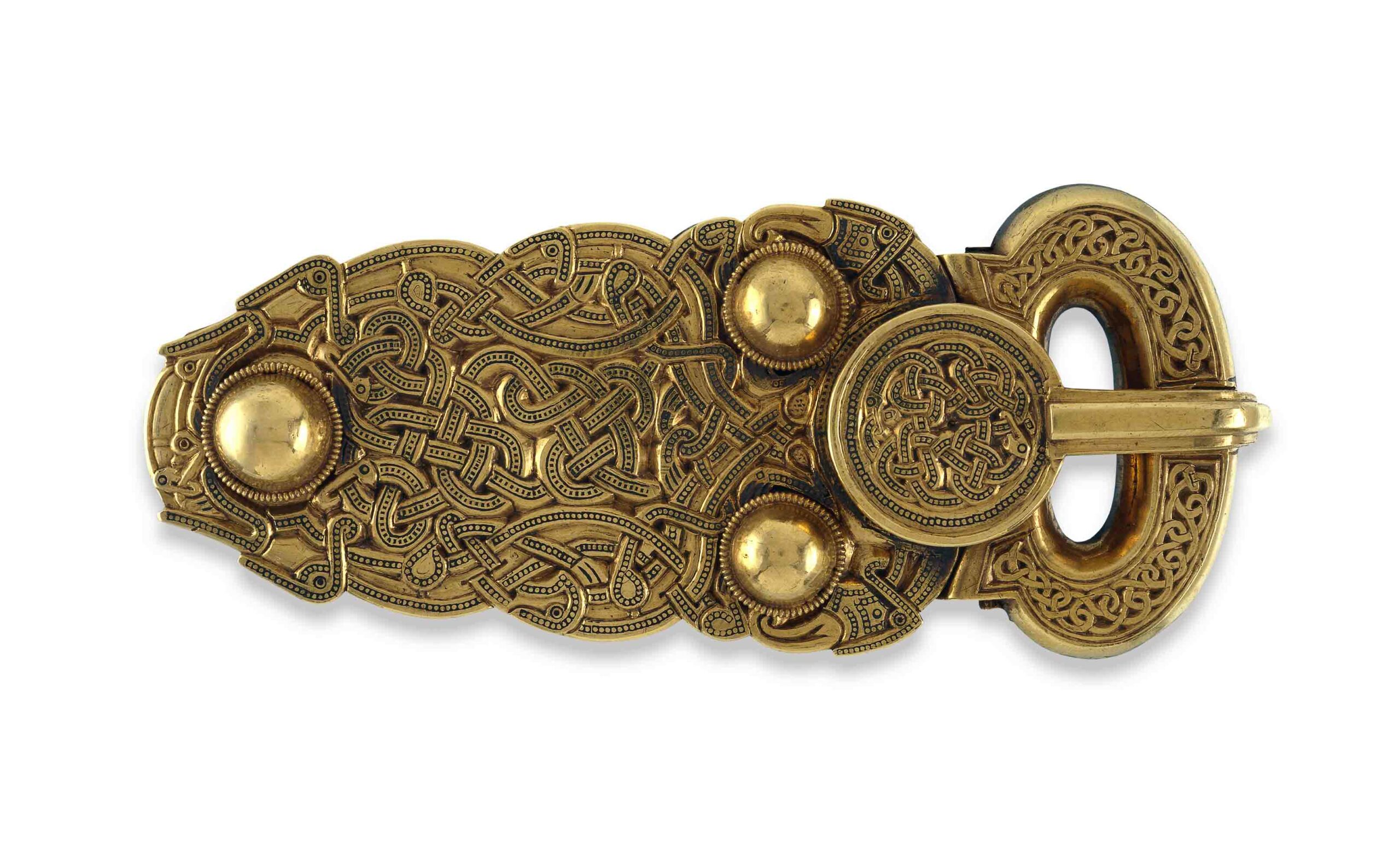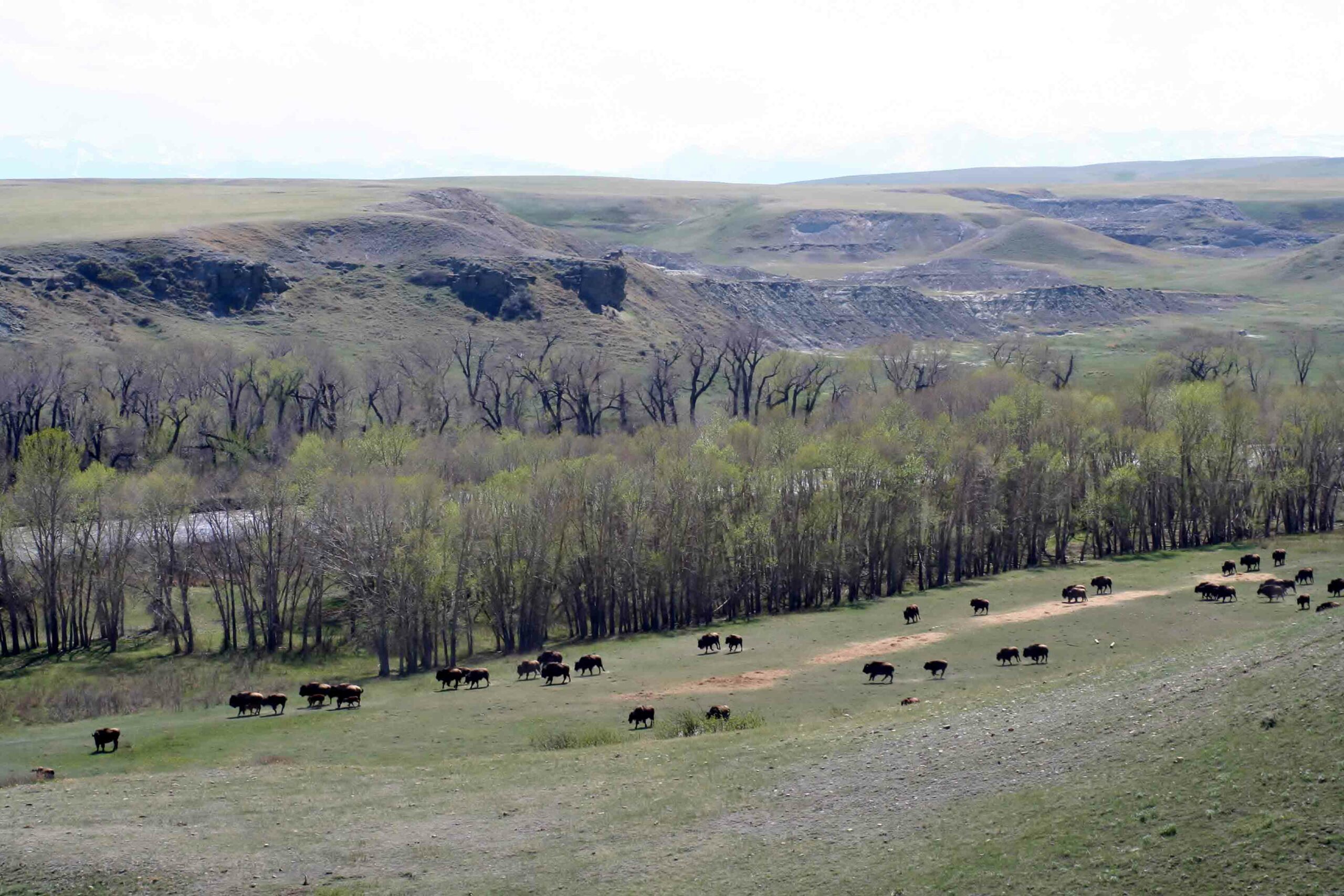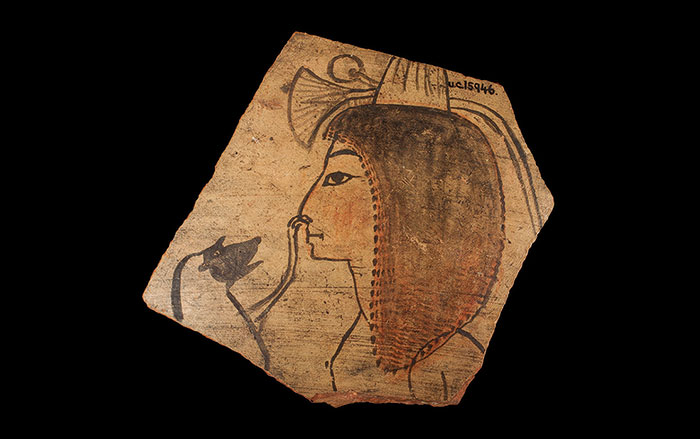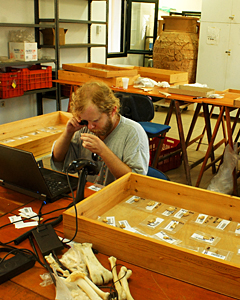
CINCINNATI, OHIO—W. Flint Dibble of the University of Cincinnati and Daniel J. Fallu of Boston University have examined soil clinging to poorly preserved bones collected in the 1960s from the Greek village of Nichoria, Messinia. Located near the palace of Pylos, the village thrived during the Greek Bronze Age, and was still occupied after the collapse of the Bronze Age, beginning around 1200 B.C., in a period known as the Dark Age, when other Greek settlements and palaces were abandoned. Excavations in the 1960s suggested that Nichoria survived through cattle ranching because of the number of cattle bones that were recovered. But Dibble and Fallu say that the acidic soil at the site that has damaged the cattle bones could also have destroyed crucial evidence. “Bone is made up of calcium carbonate, so other carbon materials could be destroyed, such as charred plants—key to understanding agriculture at that time. Also, there are few metal objects from the Dark Age, and the soil environment might be an explanation for that,” Dibble explained. To read about how Bronze Age names persisted in Dark Age poetry, see "Evidence From Homer."


